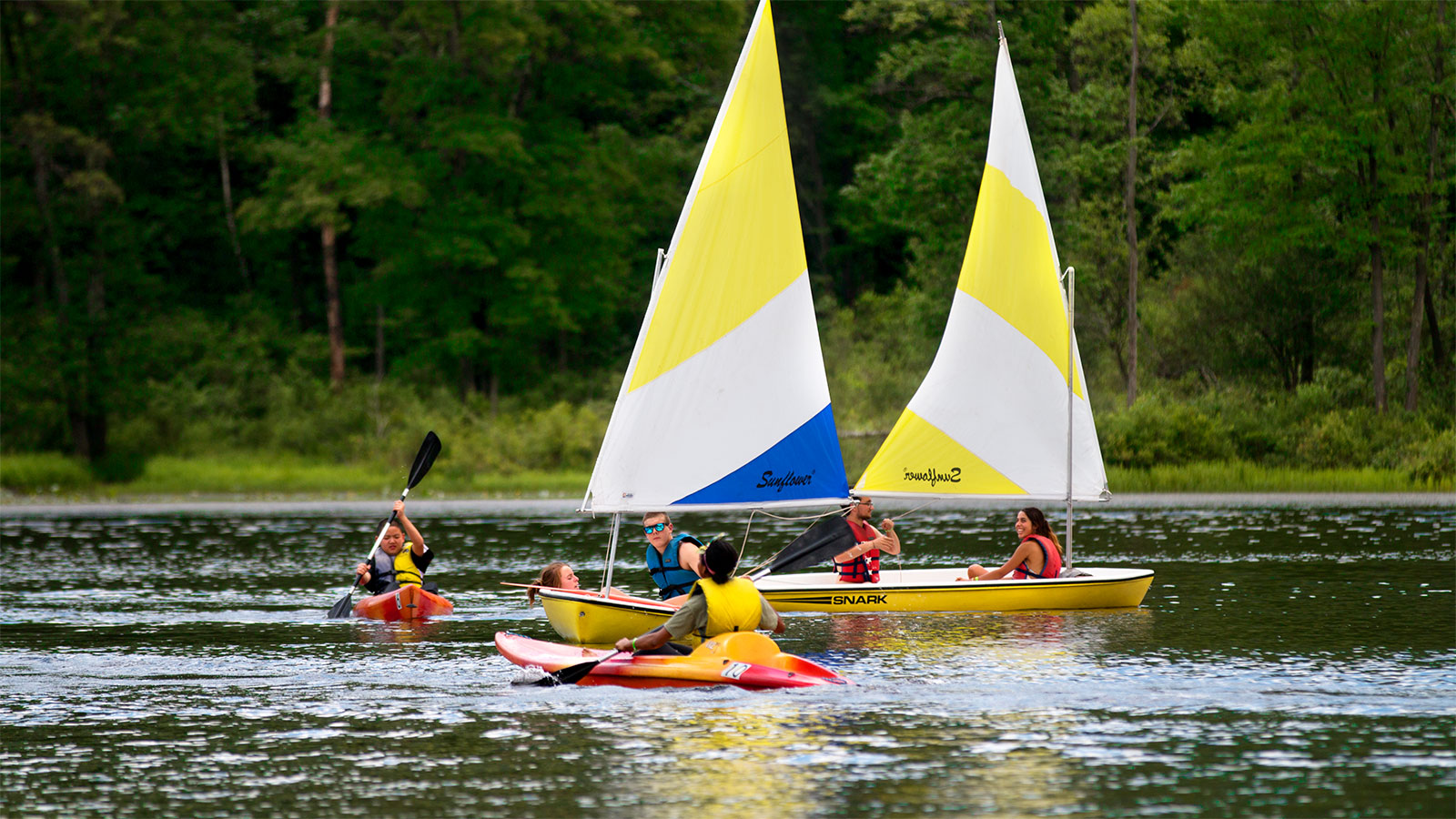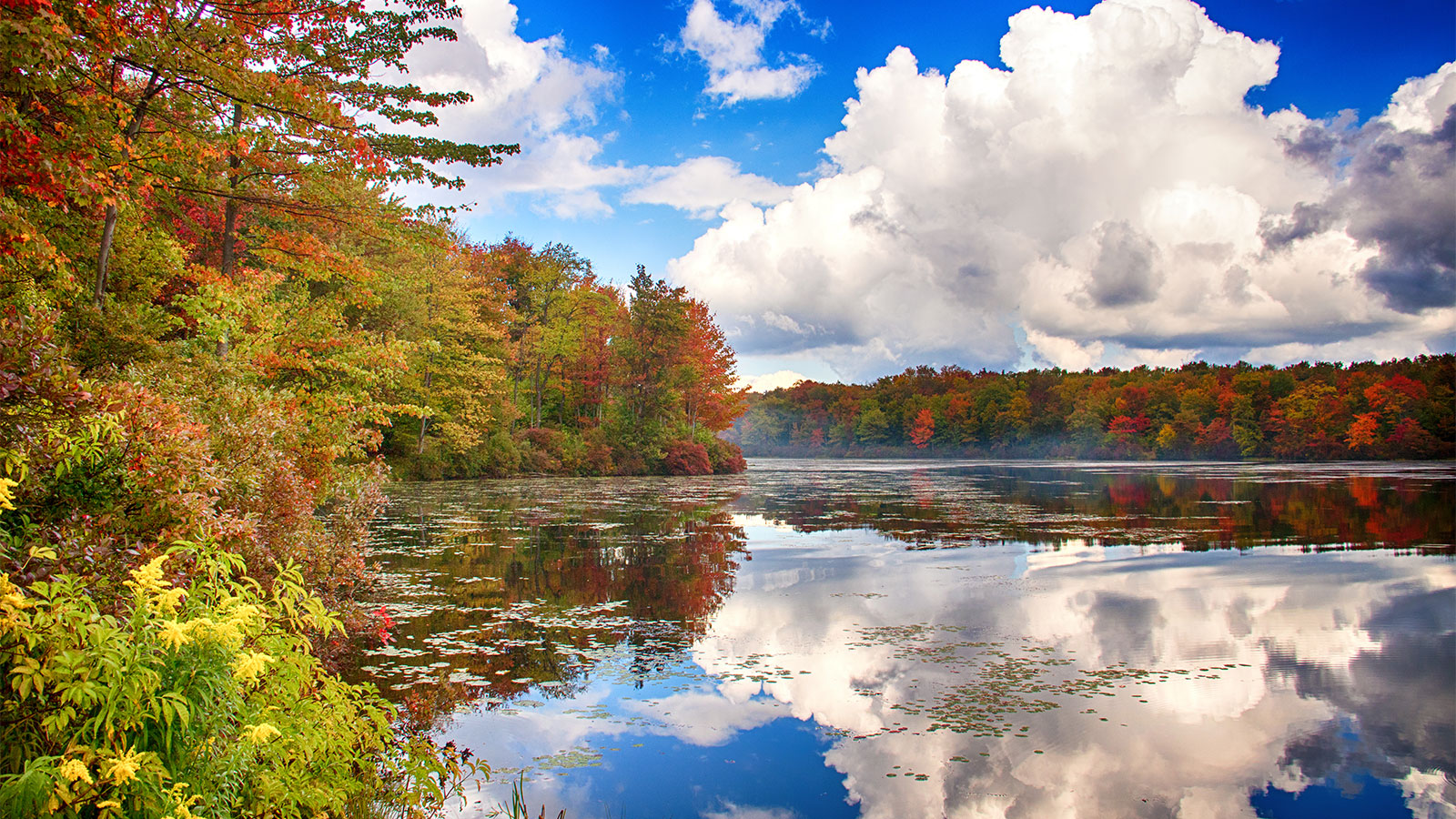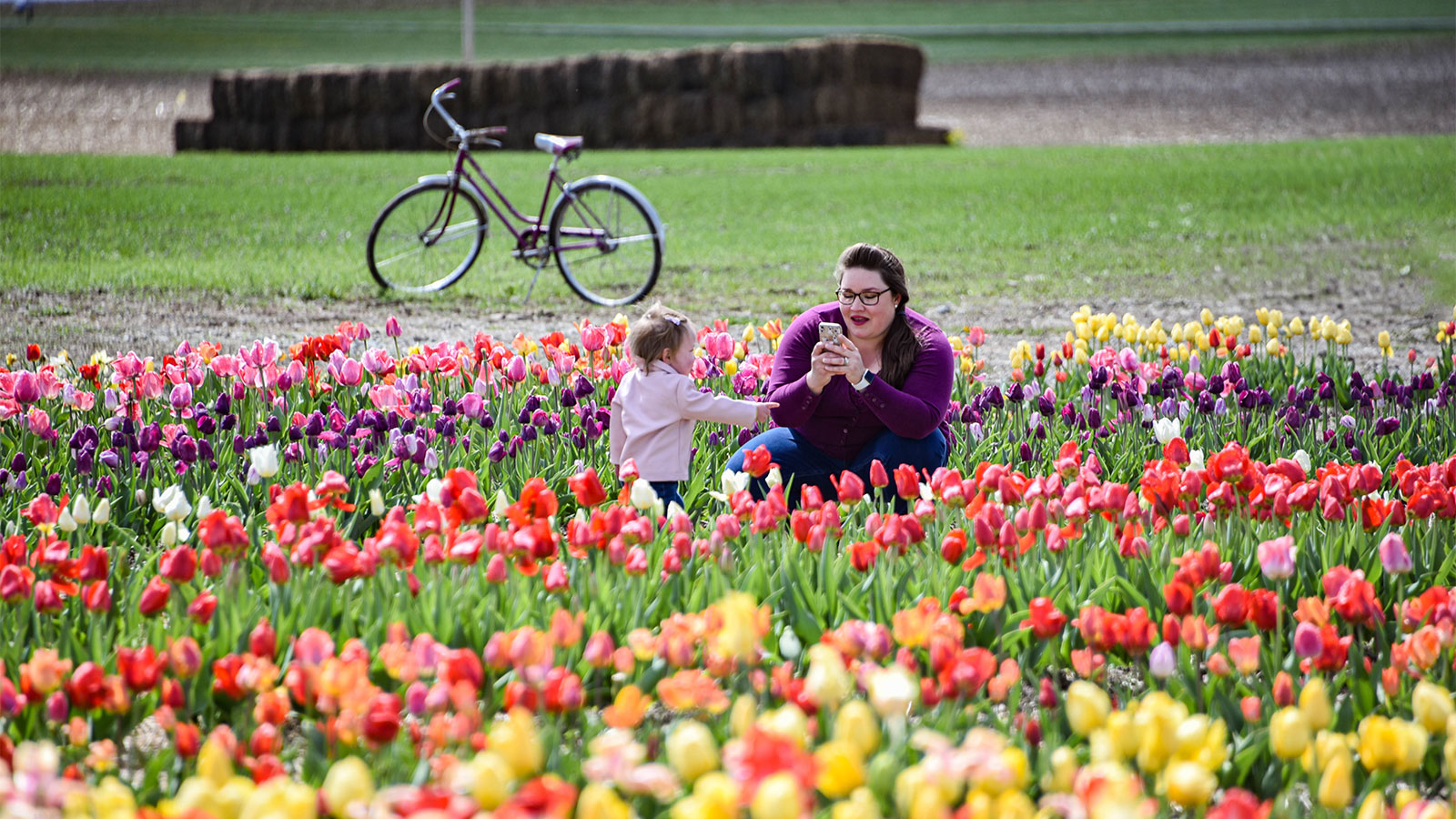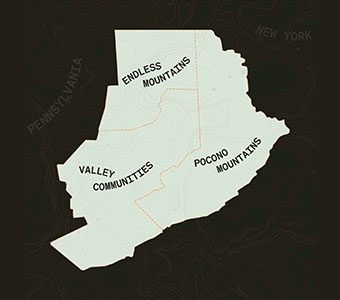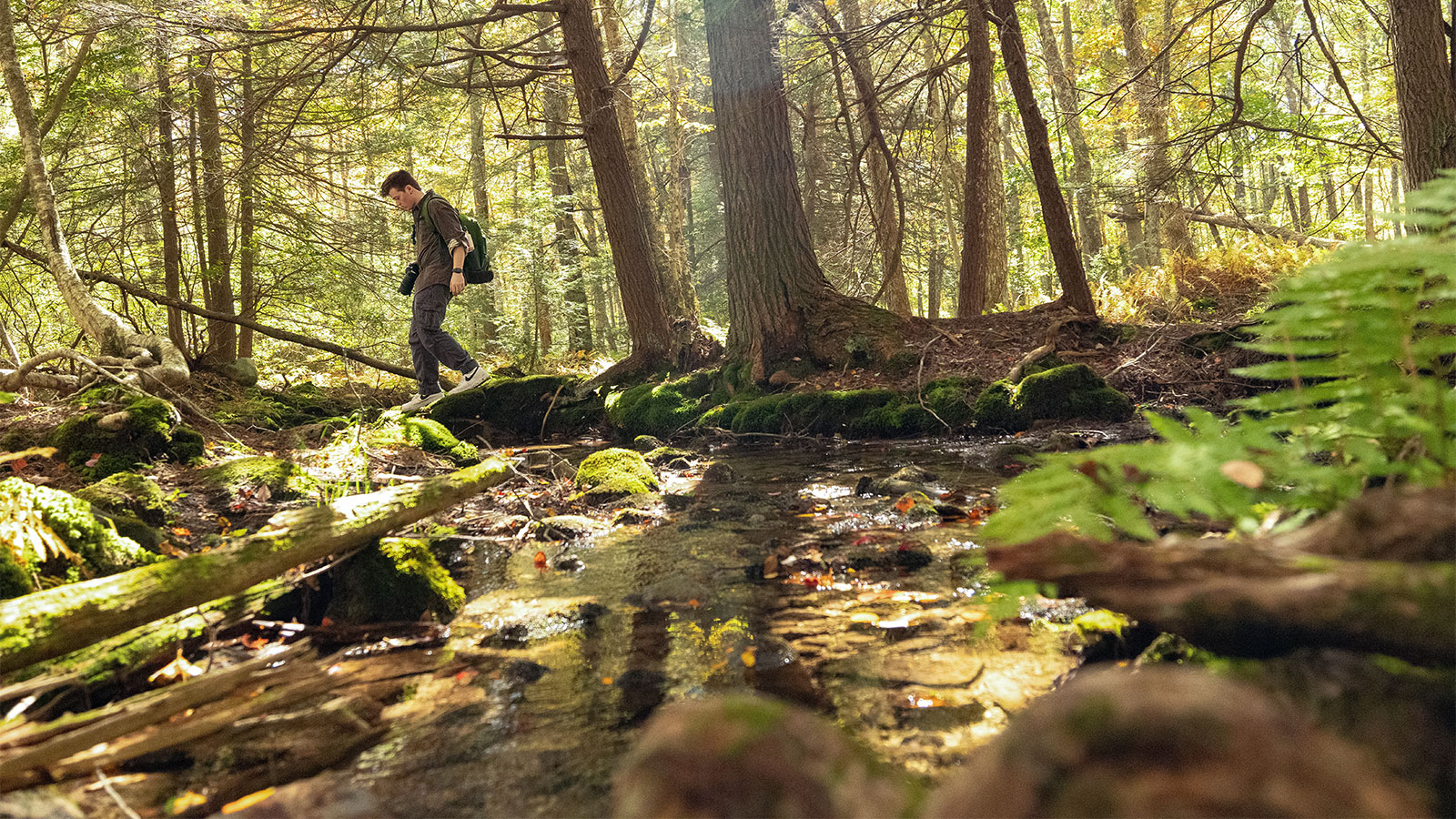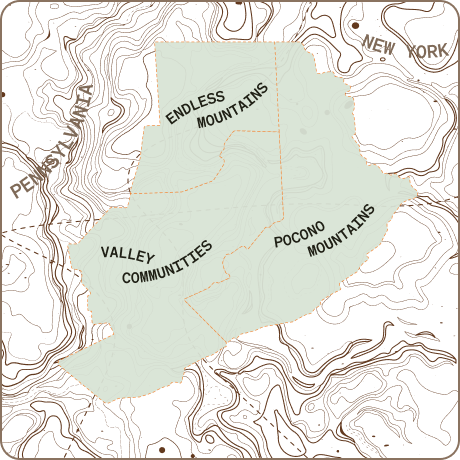In our effort to create NEPA’s most comprehensive nonprofit directory, we came across hundreds of amazing organizations. Naturally, we wanted to share their inspiring stories.
In this series, we aim to highlight the hard-working organizations, the good people, the selfless volunteers, the helpers, the healers, the listeners, the comforters and all the great work they do. We hope that, through these stories, you too will be inspired to lend your time, your hands and your hearts. Follow along as we take a look beyond the mission statement.
Yours to Discover and Enjoy
Just blocks from the center city square of Wilke-Barre and amongst a mix of businesses and quaint family neighborhoods in Kingston, alongside the western shore of the Susquehanna River, the green spaces of Nesbitt and Kirby Parks unfold within the landscape. The two parks, particularly Kirby Park, are well-known, beloved and frequently visited.
The banks of the Susquehanna River are a quiet, calm place. A serene spot to cast a line. An area to stretch your legs and take a leisurely walk with your four-legged companion. While the levees overlooking the water make an ideal spot for runners and bikers. And the wide-open meadows contain ballfields, a playground and a pond.
Of course, if you call this stretch of Wyoming Valley home, none of this is news to you. But beyond the park and over the other side of the levee – built decades ago to keep the mighty Susquehanna in her banks – sits 91 acres of riparian forest and wetlands, otherwise known as the Kirby Park Natural Area.
Philanthropy Saves the Riverfront

Before we can delve into the present, it’s important to understand the past.
In 1907, Abram Nesbitt, a self-made millionaire in the coal, railroad and streetcar industries, acquired 10 riverfront acres from the Erie Railroad Company. He then donated them to the city of Wilkes-Barre. With the addition of 8.5 additional acres, the area between Veteran’s Memorial (Pierce St.) and Market Street bridges became Riverside Park, later renamed Nesbitt Park.
In 1921, Fred Morgan Kirby (yes, that F.M. Kirby) donated over 70 acres of riverfront land on the west bank and hired the Olmstead Brothers firm (who designed another park you may have heard of – New York City’s Central Park) to create a recreational park. Work on the park began in 1921 and was completed in 1924. The original park resembled an English landscape and contained winding footpaths, tennis courts, an athletic field, a reflecting pool, a caretaker’s cottage and even a zoo.
The flood of 1936 devastated the Wilkes-Barre area and changed the course of the park. The U.S. Army Corps of Engineers built a 15-mile-long levee system which divided the park into two; the area you know today with fields, a pond, and a gazebo from the natural lands on the other side, closest to the river.
Riverfront Parks Committee

The Kirby Park Natural Area and Nesbitt Park are a lush forested space with easy access to the river.
But that wasn’t always the case. In the early 1990s the area was rundown and underutilized. Lee Namey, then the mayor of Wilkes-Barre, hoping to revitalize the city and interject positivity to the area, formed the Riverfront Parks Committee to help restore the area to a functioning space for community recreation.
Enter John Maday, former Riverfront Parks Committee President and current Executive Director, and Vinnie Cotrone, Penn State Extension Educator of Renewable Natural Resources and current Committee President. They’ve been with the organization since nearly day one, helping to carry out the groups mission to rehabilitate, enhance and preserve the parks; to encourage environmental education awareness; and to offer a clean, safe natural setting for year-round usage.
To start, the nonprofit group, made up entirely of volunteers, began cleaning trash and making accessible trails in the forested area, starting with the aptly-named Olmstead trail. From there, they turned to education, using the lands along the river and the watershed as inspiration to teach conservation and stewardship.
Rebranding the River

First, they had to change the narrative on the river and the lands alongside it.
“Thirty years ago, people would look at the river and say it’s a cesspool. It’s polluted. I wouldn’t stick my toe in it,” says Vinnie. “We would hear all of that. In those 30 years, I think we’ve had success in changing perception of the river. We’re seeing more and more people on their own kayak it. There’re more and more people using the river. And even if you’re not on the river, they’re using the area next to the river.”
Flora, fauna, birds, insects, trees and wildlife are all just a few steps away from the city. Cooper’s hawks and owls are regularly found in the 91-acre forest, as are Peregrine falcons who come to nest under the Market St. bridge. Rare and endangered species of flying and fox squirrels can be found scampering about in the park.
“There’s all this stuff here, that if we want to connect youth to nature, they don’t have to get on a bus (and go elsewhere),” Vinnie emphasizes. “This is a forest within the city that is accessible that they can bike, hike, and explore the wildlife. If you went once a week for a walk in the forest, you’d see something new and different.”
Celebrating the Susquehanna: Riverfest and Beyond

The hardworking group has long placed education at the forefront of their mission.
Riverfest started in the late 1990s with a few tables of educational materials. Now, it’s the groups largest event, featuring three days of kayaking excursions, entertainment, food, and of course, learning. Saturday in the park at Riverfest is all about the kids. There’s an imagination playground, a scavenger hunt, nature hikes, and more. And each day features guided kayak tours with options suitable for beginner, intermediate and advanced skill levels.
Another important event for the group is their annual Earth Day Along the Susquehanna River, held the Friday before Earth Day. It brings hundreds of elementary and middle school aged children to the river’s banks to learn about the streamside forest, migratory birds, mammals, recycling and, in particular, our watershed.
“That is the essence of our mission,” says John. “Because whatever happens here goes into that river. That river goes into the Chesapeake Bay. It could affect anywhere, any place on the planet.”
Organizations such as the Pennsylvania Department of Conservation and Natural Resources (DCNR), Pennsylvania American Water Company, Wyoming Valley Sanitary Authority, and Wilkes University, Penn State and King’s College, among others, come out to help educate the youth on these important topics.
Other events they host include a Dragon Boat Race in August, Wonders of Nature series – an up-close presentation on a variety of birds and animals – each August and September, as well as Chalkfest and Hydromania in October.
“We look at both sides of the river as our classrooms,” says John, referring to the River Commons area on the east side of the river. “But how do you get somebody in your classroom? You make it fun. We have many fun activities for kids so they’re learning something at the same time.”
Stewards of the River

Free events aren’t free. No one knows that better than John and Vinnie.
Corporate sponsors, contributing organizations, a close relationship with the city of Wilkes-Barre, and volunteers all make the Riverfront Parks Committee events and the upkeep and care for the park possible.
“Everything requires three components and they are all equal,” John emphasizes. “One is no more important than the other. It requires funding. It requires volunteers. And it requires attendees. You could have the best event in the world, but if no one shows up, what’s the point? You could put together the best event in the world, but if you don’t have volunteers then your attendees are going to suffer. The three have to work together.”
The organization is only as strong as their team of volunteers. And they can always use fresh help. From becoming an active member who serves on their board, to helping at events, to joining the cleanup crew in the forest and park, all assistance is welcome and appreciated.
And as they’ve emphasized, none of their events would be possible without the generous sponsors who donate funds or the organizations that come out to teach and educate.
“We continue to evolve and we are always looking for new partners,” states Vinnie. “Financial, volunteer, organizations that want to partner with us. Someone who has an interest even in joining our committee. We want people to use the park. I think we’ve had tremendous success in 30 years for a nonprofit that raises money where we can. We want to see that continue.”
Upcoming Events
Riverfest @ Nesbitt Park: June 23-25
Dragon Boat Race @ Nesbitt Park: August 12-13
Wonders of Nature @ River Common Amphitheatre: August 17, 24 & September 7, 14
Chalkfest and Hydromania @ Millennium Circle Portal on the River Common: October 7
Contact Information:
Volunteer: riverfrontparksvolunteer@gmail.com
Questions about the organization or partnering on an event: john@riverfrontparks.org
Visit the Riverfront Parks’ website to learn more about their upcoming events, volunteer opportunities and how your organization can become involved in their educational mission.

